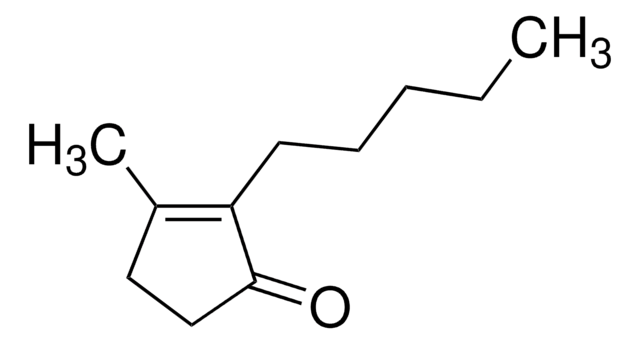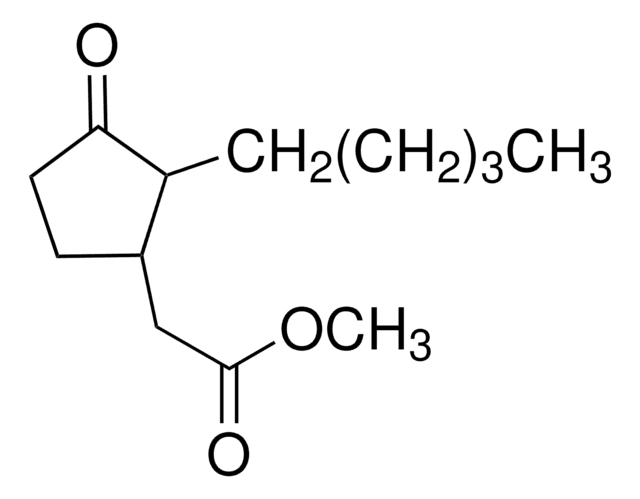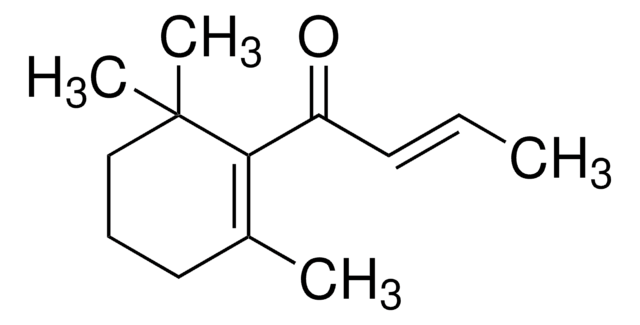SML3258
3-Methyl-5-(2,2,3-trimethyl-3-cyclopentenyl)pentan-2-ol
≥90% (GC)
Synonym(s):
3-Methyl-5-(2,2,3-trimethylcyclopent-3-en-1-yl)pentan-2-ol
Sign Into View Organizational & Contract Pricing
All Photos(1)
About This Item
Empirical Formula (Hill Notation):
C14H26O
CAS Number:
Molecular Weight:
210.36
MDL number:
UNSPSC Code:
12352200
NACRES:
NA.77
Recommended Products
Quality Level
Assay
≥90% (GC)
form
oil
color
white to beige
storage temp.
−20°C
SMILES string
CC1=CCC(CCC(C)C(C)O)C1(C)C
InChI
1S/C14H26O/c1-10(12(3)15)6-8-13-9-7-11(2)14(13,4)5/h7,10,12-13,15H,6,8-9H2,1-5H3
InChI key
NGYMOTOXXHCHOC-UHFFFAOYSA-N
Biochem/physiol Actions
Agonist of olfactory receptor OR2AT4
Sandalore is an agonist of olfactory receptor OR2AT4, a G-protein-coupled receptor (GPCR) also expressed in human primary keratinocytes. Sandalore was shown to enhance hair growth in human scalp hair follicles by stimulating OR2AT4, resulting in decreased apoptosis and increased production of the anagen-prolonging growth factor IGF-1. Sandalore had previously been shown to increase wound healing. Sandalore was also recently used to study OR2AT4 found in the human chronic myelogenous leukemia (CML) cell line K562 and in white blood cells of clinically diagnosed acute myeloid leukemia (AML) patients.
Hazard Statements
Precautionary Statements
Hazard Classifications
Aquatic Chronic 2
Storage Class Code
10 - Combustible liquids
WGK
WGK 2
Choose from one of the most recent versions:
Certificates of Analysis (COA)
Lot/Batch Number
Don't see the Right Version?
If you require a particular version, you can look up a specific certificate by the Lot or Batch number.
Already Own This Product?
Find documentation for the products that you have recently purchased in the Document Library.
Barbara Pavan et al.
Drug discovery today, 22(7), 1123-1130 (2017-05-24)
Several olfactory receptors (ORs) have been characterized outside the olfactory neuroepithelium in neuronal and non-neuronal tissues, where they were implicated in the recognition of diverse chemical signals. ORs have been found to regulate melanogenesis in skin melanocytes, and OR expression
S Manteniotis et al.
Cell death discovery, 2, 15070-15070 (2016-08-24)
The olfactory receptor (OR) family was found to be expressed mainly in the nasal epithelium. In the last two decades members of the OR family were detected to be functional expressed in different parts of the human body such as
Daniela Busse et al.
The Journal of investigative dermatology, 134(11), 2823-2832 (2014-07-08)
As the outermost barrier of the body, the skin is exposed to multiple environmental factors, including temperature, humidity, mechanical stress, and chemical stimuli such as odorants that are often used in cosmetic articles. Keratinocytes, the major cell type of the
Jérémy Chéret et al.
Nature communications, 9(1), 3624-3624 (2018-09-20)
Olfactory receptors are expressed by different cell types throughout the body and regulate physiological cell functions beyond olfaction. In particular, the olfactory receptor OR2AT4 has been shown to stimulate keratinocyte proliferation in the skin. Here, we show that the epithelium
Our team of scientists has experience in all areas of research including Life Science, Material Science, Chemical Synthesis, Chromatography, Analytical and many others.
Contact Technical Service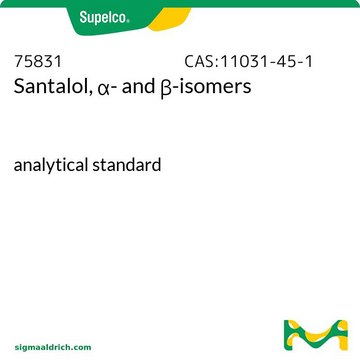
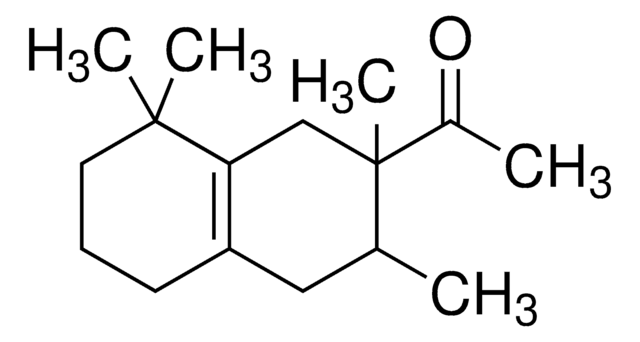

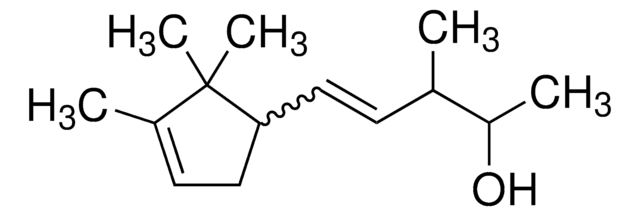
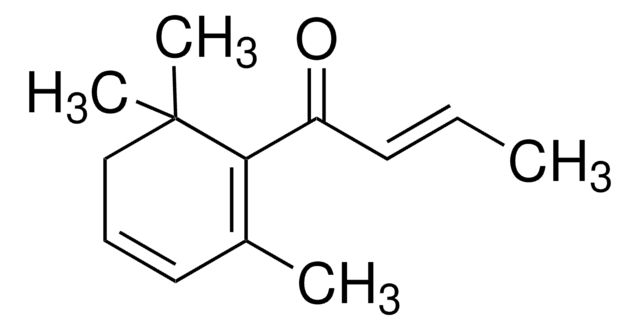
![1,3,4,6,7,8-Hexahydro-4,6,6,7,8,8-hexamethylcyclopenta[g]-2-benzopyran analytical standard](/deepweb/assets/sigmaaldrich/product/structures/388/630/32c6a671-64a6-4e33-9e15-ec3e0a11ff3d/640/32c6a671-64a6-4e33-9e15-ec3e0a11ff3d.png)

